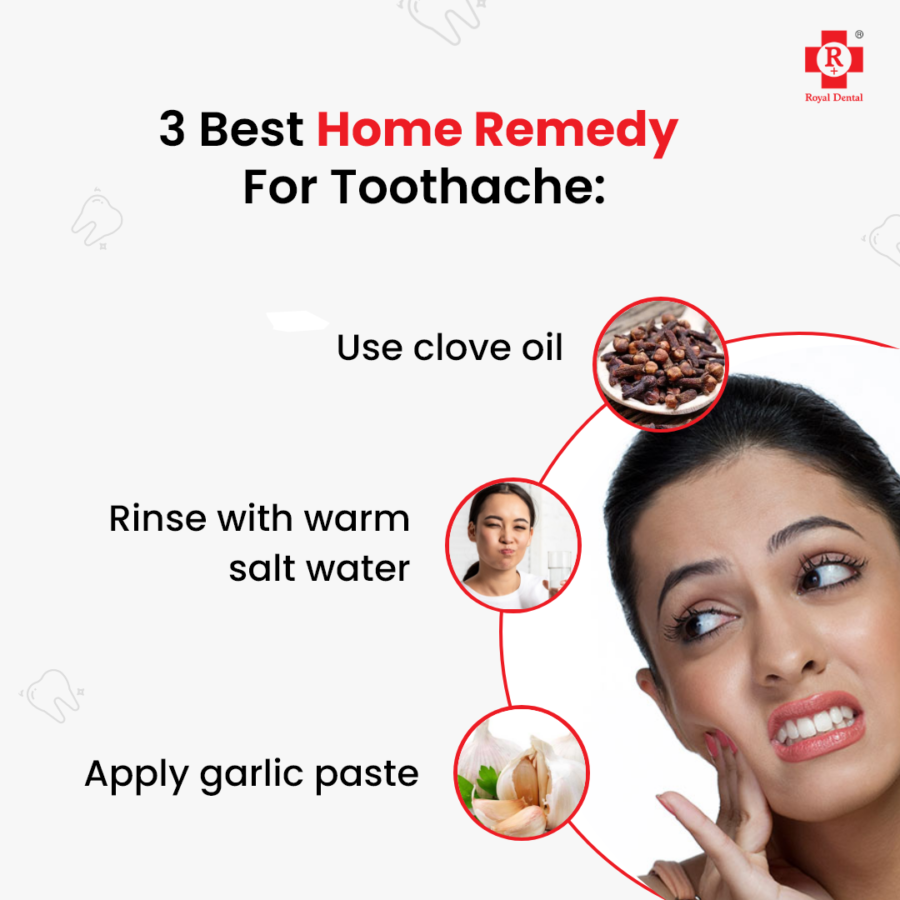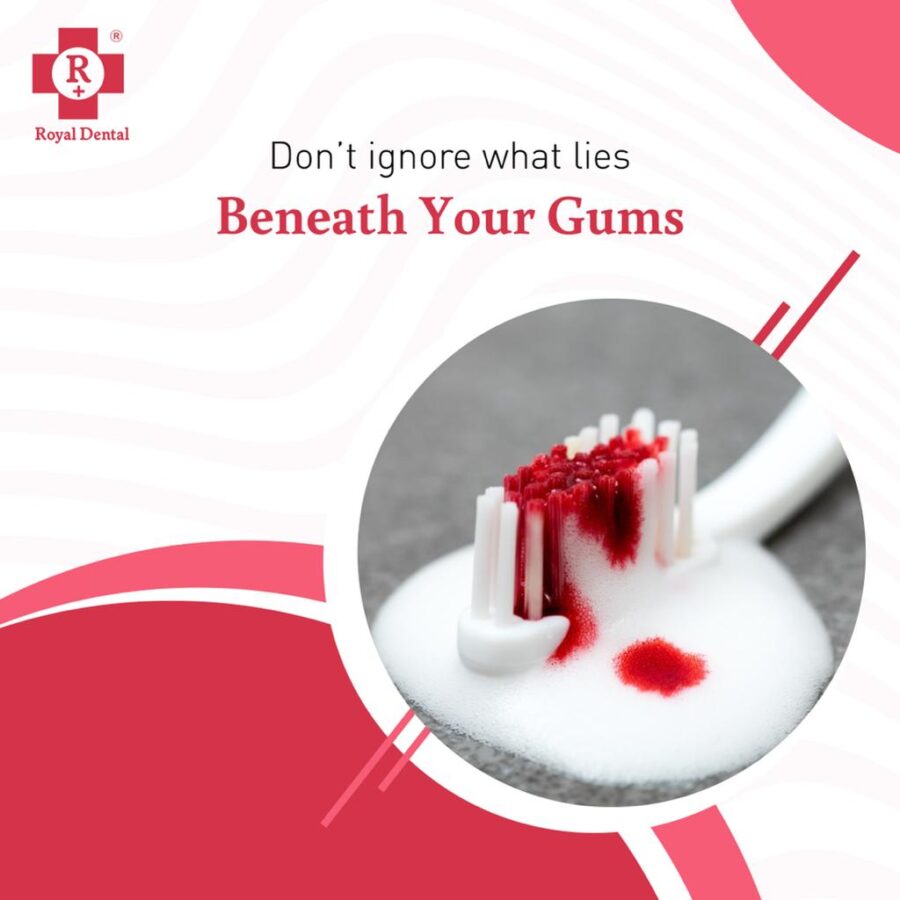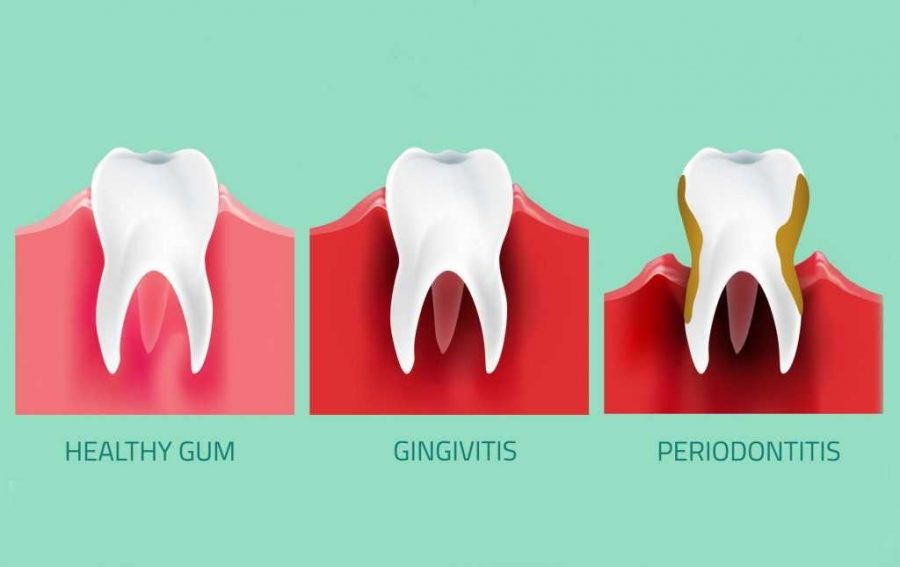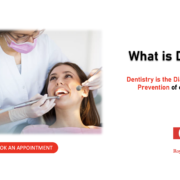The human mouth is one of the most densely packed areas of the body. There are so many things going on in your mouth at any given time that we don’t even notice it. Teeth help you chew food, speak clearly and even express yourself. That’s why keeping them healthy and strong is extremely important. This article will look into various issues associated with the teeth and gums, including their various diseases, their symptoms, prevention tips, risk factors, and much more. Read on to know more common dental problems.
Toothache Dental problems
A toothache is a throbbing or sharp pain in one or more teeth. The most common dental problems most of us undergo. The common cause of toothache is tooth decay. Other common causes include bacterial infections, fractures, and gum disease. Toothache can occur at any point in your life, but it is more common in older people.

Toothache can be treated with antibiotics to kill the bacteria, or removal of the tooth if it has decayed so much that it needs to be taken out. If you get a toothache, you should try and get to a dentist as soon as you can, as they can see what’s causing it and treat it quickly. If you get a toothache, avoid eating very hot or very cold foods. Drink lots of water, as this can help to reduce the pain. If the pain is severe, take paracetamol or ibuprofen.
Gum disease Dental problems
Gingivitis is a mild form of gum disease resulting in red, swollen, and bleeding gums. Periodontitis is a more serious form of gum disease and is marked by the degeneration of the bones around the teeth and gums that become infected and inflamed. Gum disease is caused by plaque, a sticky film composed of bacteria and food particles that forms on teeth. Plaque can be removed by brushing and flossing daily. This is one the most common dental problems after 35 years.

If not removed, it hardens into tartar, which is more difficult to remove. If you have gum disease, you may not have any symptoms at first. Symptoms include red, swollen, and painful gums; yellowish or brownish spots on teeth; and bad breath. Gum disease can be prevented by brushing and flossing daily, visiting the dentist twice a year for an examination, and using an antimicrobial mouthwash.
Swelling of the gums disease
If you notice that the gums of your teeth are swollen or red, it could be an early sign of gum disease. Gum disease is caused by plaque, a sticky film composed of bacteria and food particles that forms on teeth. Plaque can be removed by brushing and flossing daily. If not removed, it hardens into tartar, which is more difficult to remove.

Gum disease can be prevented by brushing and flossing daily, visiting the dentist twice a year for an examination, and using an antimicrobial mouthwash. If you notice swelling of the gums, it is best to visit the dentist right away. Your dentist can check for gum disease and treat it if necessary. This is one the most common dental problems after 35 years.
Dark discoloration of teeth
Dental stains are caused by a build-up of tannin from foods and beverages such as coffee, red wine, and tea. It is best to remove these stains by visiting the dentist and having them professionally removed. If you notice that your teeth are becoming darker, especially if you have normal teeth, it could be a sign of gum disease.
Gum disease is caused by plaque, a sticky film composed of bacteria and food particles that forms on teeth. Plaque can be removed by brushing and flossing daily. If not removed, it hardens into tartar, which is more difficult to remove. Dental stains and gum disease can be prevented by brushing and flossing daily, visiting the dentist twice a year for an examination, and using an antimicrobial mouthwash.
Cavity and tooth loss Dental problems
Cavities, or tooth decay, occur when bacteria in the mouth feed on sugars found in food and drink, producing acid as a by-product. This acid attacks the tooth. If it goes untreated, the decay will spread to the surrounding soft tissue and lead to an infection. This is one the most common dental problems starting from an infant.

Cavities can be prevented by visiting the dentist twice a year for an examination and using an antimicrobial mouthwash. If you notice a cavity forming, it is best to go to the dentist right away. Your dentist can remove the infected part of your tooth and replace it with a filling. If you do not go to the dentist right away, the cavity may spread and eventually kill the tooth.
Dry mouth and loss of smell or taste
The Dry mouth is a common side effect of tooth extraction and certain medications. Dry mouth can also be caused by gum disease or diabetes. Dry mouth can be prevented by visiting the dentist twice a year for an examination, brushing the teeth and tongue, and using an antimicrobial mouthwash. If you notice a loss of smell or taste, it could be a symptom of gum disease.
Gum disease is caused by plaque, a sticky film composed of bacteria and food particles that forms on teeth. Plaque can be removed by brushing and flossing daily. If not removed, it hardens into tartar, which is more difficult to remove. Dry mouth and a loss of smell or taste can be prevented by visiting the dentist twice a year for an examination, brushing the teeth and tongue, and using an antimicrobial mouthwash.
Conclusion
This article discussed various issues associated with the teeth and gums, including their various diseases, their symptoms, prevention tips, risk factors, and much more. This article also discussed how you can prevent various dental issues by taking good care of your teeth, visiting your dentist regularly, and using an antimicrobial mouthwash.






